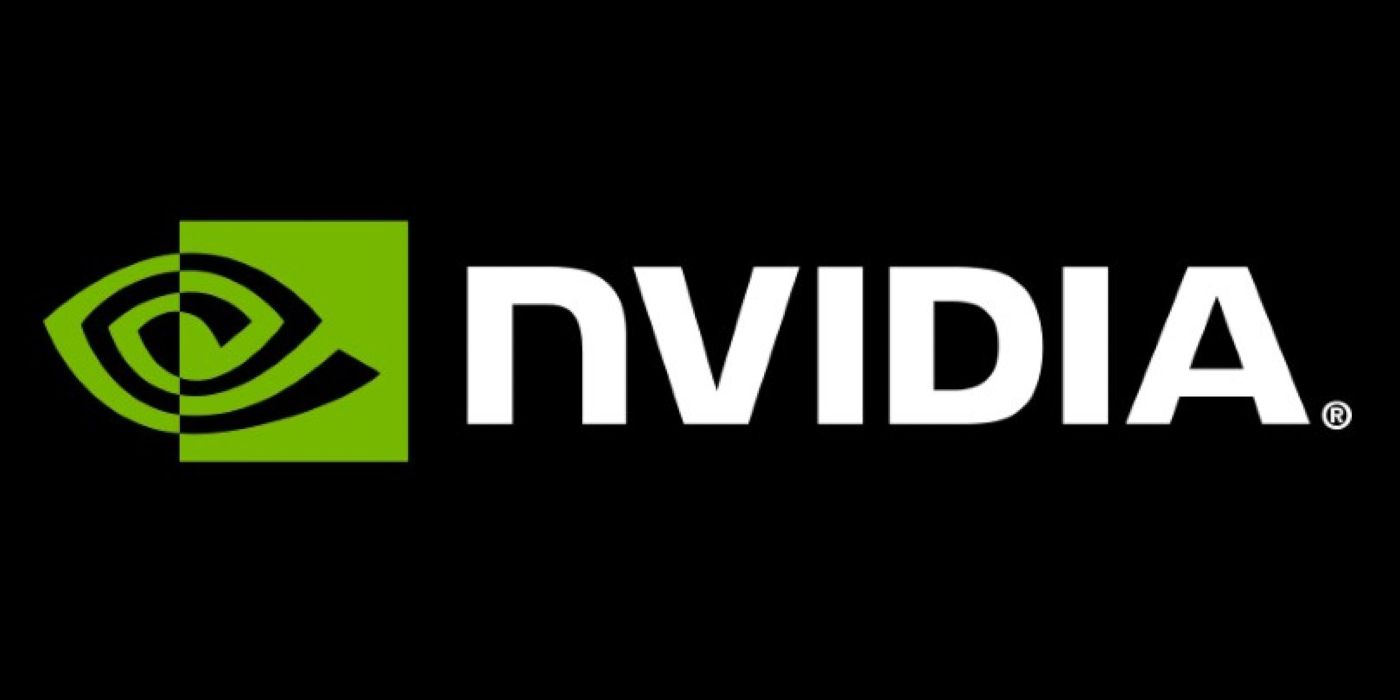Two new PC titles have just received DLSS support post-launch, increasing the number of titles now supported by upscaling tech developed by Nvidia. The RTX 20 and 30 series are both the only cards compatible with the technology, using hardware accelerators called Tensor Cores.
The promise of greater frame rates and improved resolutions for owners of an RTX 20/30 series comes with the DLSS support announcement, though the GPUs are notably a difficult find at MSRP in the current scrambling PC climate. This top-heavy issue of supply and demand for PC gamers at the moment can turn this simple statement by Nvidia into one of concern.
The two titles receiving the DLSS treatment are Mount & Blade II: Bannerlord and Nioh 2. Both titles featured difficult launches onto the PC: Mount & Blade II: Bannerlord into early access, where performance drops were as common as the bugs. Nioh 2 was ported over PC after almost a full year on the PlayStation 4, yet the resulting port struggles to maintain 60 frames-per-second. The support brings noticeable improvements to frame rate: around 20 frames per second for Mount and Blade II: Bannerlord and over 30 frames for Nioh 2.
DLSS, however, is an arguable bandage covering for both titles that have noticeable issues in performance optimization: Nioh 2 struggles to maintain 60 frames-per-second, by Nvidia's own benchmarking, on an RTX 3070 at maximum settings. A new high-end card that, for the vast majority of gamers, simply doesn't exist yet as a tangible good at MSRP, can not reliably render a title that ran on a PlayStation 4. For Mount & Blade II: Bannerlord, Nvidia opted to compare with an RTX 2060, highlighting its struggles to reach 60 frames per second without DLSS.
Contrarily, both titles are recorded by Nvidia on the PC at a 4K resolution with every possible setting turned to the max. The titles were displayed as such to show the performance increase possible with Nvidia's DLSS when the card had already reached its maximum output, thus allowing DLSS to take the metaphorical center-stage in the tech-centric video. It also appears to bring Nvidia further into the realm of game development by allowing developers to rely on external solutions during the final developmental stages of a title; meaning the effort won't reach those still struggling with the modern PC hardware shortages.
The concern that developers are going to spend less time ensuring optimization of the game, relying on GPU manufacturers to develop solutions instead, is rearing its head. Players could find themselves priced out of a properly working title.

